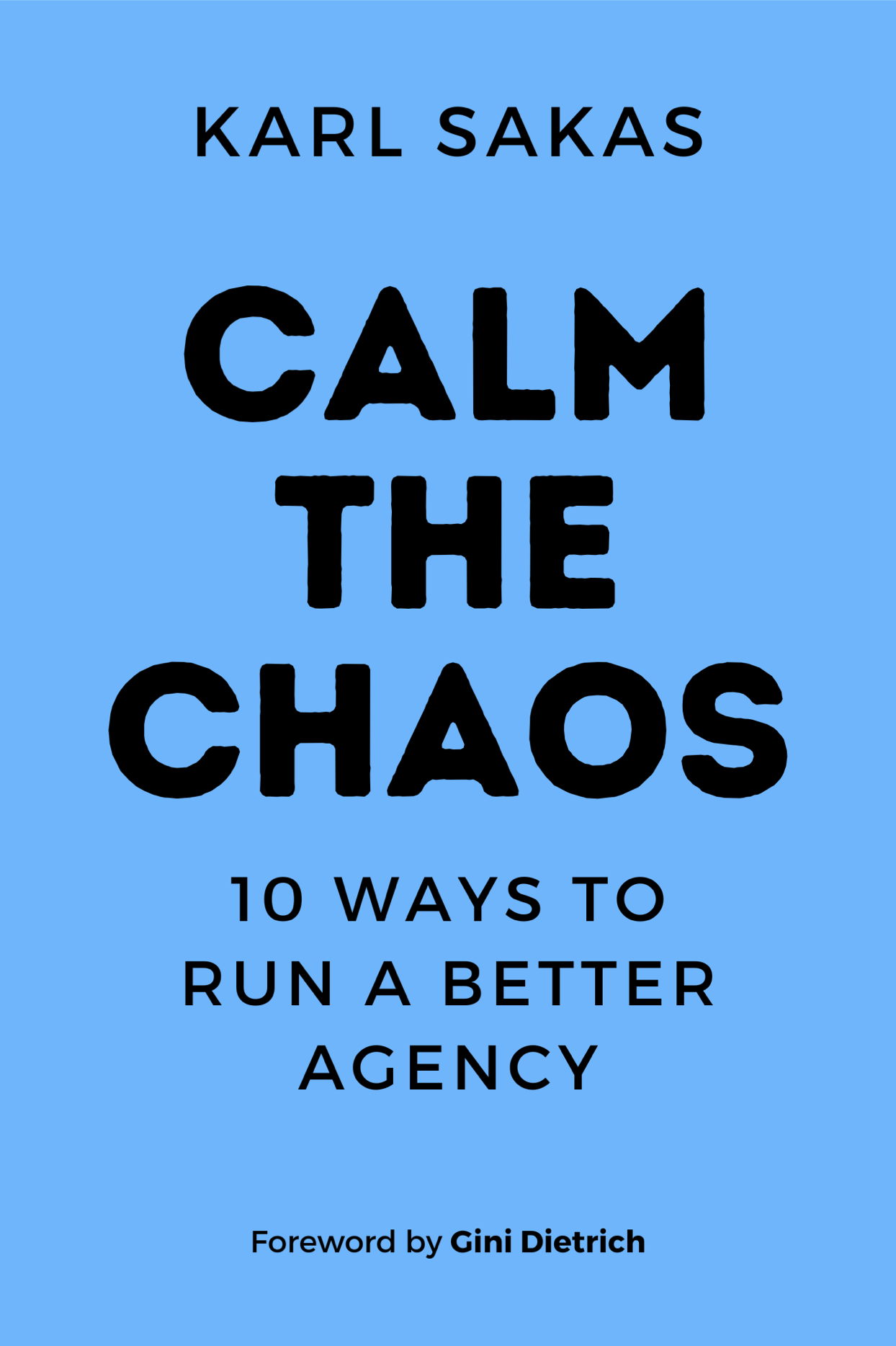A friend was a copywriter on Madison Ave in the 1970s, in the late Mad Men days. He said if an agency employee’s door was closed, they were usually doing their freelance work.
I asked, “Wasn’t your boss concerned that people were moonlighting?” My friend replied, “No, my boss was doing his own freelance work.”
Fast forward to today.
Ready to ban employee moonlighting? Wait!
Worried your agency’s employees are moonlighting on the side? Instead of a moonlighting ban, consider a moonlighting policy instead.
Why? Because having a moonlighting policy helps you retain good employees without hurting the agency… and a ban on moonlighting may even be illegal.
Let’s dig deeper—including why your agency can benefit from having a moonlighting policy, and some sample policies you can use to get started. But remember, I’m not a lawyer.
What is moonlighting?
Moonlighting is when an employee holds a second job or does freelance work outside their primary job.
Originally, the implication was that the “outside employment” was in the evening—after their daytime job—hence the term “moonlighting.”
For agency employees, moonlighting primarily focuses on freelancing—working as an independent contractor for companies other than the agency itself.
Why do some agencies ban moonlighting?
Agency moonlighting bans are typically intended to prevent three types of problems:
1) Conflicts of interest: Is the employee working for one of the agency’s current clients, at a cut-rate fee? Are they working for a competing agency, potentially sharing trade secrets? Is the employee working with a client that might otherwise have hired the agency instead?
2) Performance concerns: Is the agency employee working long hours for their freelance clients, making them tired and mistake-prone during the regular workday? Is the employee taking moonlighting client calls during the workday, when they should be focused on the agency?
3) Misuse of company resources: Is the agency employee using company time, software, or other resources to support their moonlighting work? If traveling, is the employee using agency trips to meet with moonlighting clients?
Of course, freelancing doesn’t automatically create those problems—but they often go together.
Why not just ban moonlighting?
In some circumstances—especially when a company makes a broad restriction—a moonlighting ban may be illegal:
- NOLO: “Can My Employer Fire Me for Working a Second Job?“
- SHRM: “Moonlighting Ban Worded Too Broadly“
- KatzMelinger: “Does your company ban moonlighting? How is the policy worded?“
As described in the links above, a 2018 case found an employer was overly narrow in restricting outside employment.
Even if a ban is not illegal, consider the impact on employee morale. A blanket moonlighting ban effectively says, “Our agency owns you.”
Yes, you are the “dictator” of your agency—but that doesn’t mean people have to put up with your dictates. If in-demand employees decide you’re unreasonable, why would they stick around?
If your agency’s [voluntary] employee turnover is higher than 10-20%, look in the mirror.
How do agencies benefit from employee moonlighting?
Odds are good that your employees don’t want to do the same thing over and over again. Moonlighting gives them a taste of variety that your agency’s current client workload may not provide.
Examples: Underwear, Sandwiches, and One Font
I once dated a graphic designer whose 9-to-5 assignments included weekly sales circulars for a furniture retailer… and packaging design for the agency’s largest client, a global apparel manufacturer. Her comment: “I don’t want to spend the rest of my life doing underwear packaging.”
A few years ago, I met an agency manager who led a team handling regional ads for a sandwich chain. The account was highly profitable, but his employees were bored—90% of the campaigns were as-is from Sandwich Corporate.
More recently, I met a Creative Director who worked on John Deere. All creative for the machinery manufacturer had to be in a single font: “John Deere Sans.” Her team was allowed to vary the weight of the typeface… but they couldn’t use any other fonts.
Variety via Moonlighting… or by Quitting?
Be realistic—some employees are going to moonlight anyway. By regulating rather than banning, you make it “safe” for employees to tell you about it, rather than force them to be sneaky.
If you can’t give New Rope employees the variety they want, would you rather they moonlight… or quit to join a competing agency?
Some employees aren’t inclined to moonlight. But when agency leaders exhibit self-serving behavior, they send a message to 100% of the team: “This revenue is more important than your happiness.”
What should go in a moonlighting policy?
Ready to create your agency’s policy? Great! Here are three samples:
- Workable: Moonlighting Policy Template
- HR Specialist: Sample Policy: Moonlighting
- Wolters Kluwer: “Do You Need an Employee Moonlighting Policy to Protect Your Business?“
Consider guidelines for when employees should offer projects to the agency first, what they can do during the workday, and what company resources (if any) they can use while moonlighting.
Be sure to ask your HR advisor for guidance—you want to be sure you comply with laws in your jurisdiction.
Question: How do you handle employee freelancing or other moonlighting at your agency?


